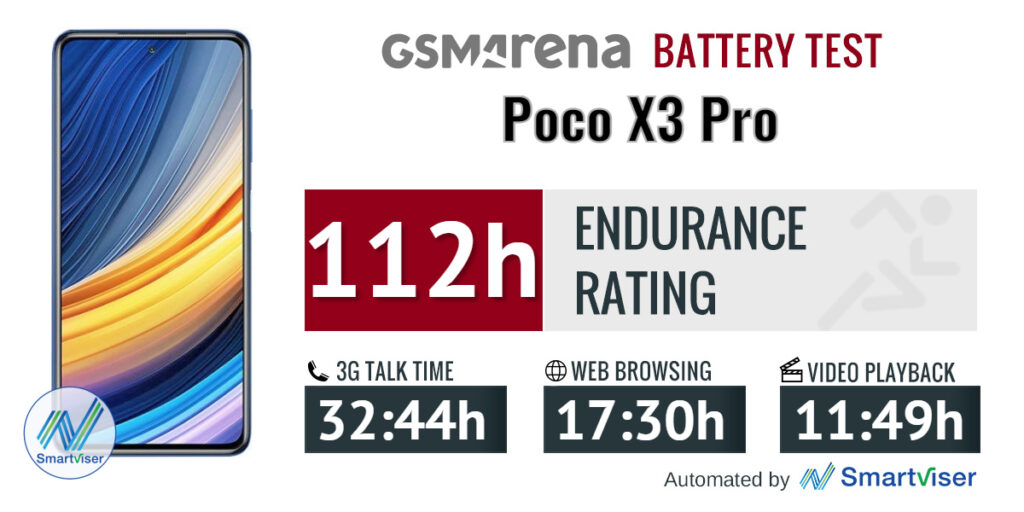Creating the Best Local Strategy
There is absolutely nothing wrong with exclusively targeting your local area as your prime customer base. Unless you’re a chain enterprise of some sort, focusing on a national reach through mass marketing might be overkill. Rather, as a local business, It’s best to cater to the customers that are well-within your area so that you can develop a sustainable and loyal customer base. In fact, a 2016 statistic from Wordstream indicates that 72% of consumers who did a local search visit the store within a 5 mile radius, although the agreed radius in which local marketing capitalizes on is actually within a 10 mile radius. Here are some of the best practices you can do in establishing a strong local marketing strategy.
Old (But Still Proven) Local Marketing Tactics
Local marketing in the previous years was mostly practiced through mailing lists. When a customer provides contact info after paying, the business then has the means to provide direct communication to both first-time and loyal customers whenever there was a sale or even when the customer had a birthday or other special occasions. Many businesses still do mailing lists and you probably notice daily, either in your email inbox or your actual physical mailbox some form of info from a business you just visited informing you of upcoming sales or company affairs. For the millennial reader, it’s pretty similar to liking a Facebook page of your local business and every so often, your news feed shows all the updates your liked business has.
Marketing in the Digital Age
This is a tactic all businesses can universally adopt. Since we’re now in a digital age where consumers are now in the habit of searching for info of their local businesses online, then it would be ideal for any business to include their information online. Post your address on Google My Business with your store hours so that your customers can easily locate and come to your store.
Also, a good website is the foundation of all digital marketing efforts where all of your info should be shared such as contact info and complete information and pricing of your products and services. A social media page whether in Facebook and Twitter is also a very good way of providing your customers immediate updates. Granted, your social media page should not replace your website nor can your website be a substitute for a social media page as both have their specific uses. In short, maintaining a strong online presence is one of the essential pillars in a local marketing strategy in contemporary times.
Evaluating Your Local Market
It is considered a best practice to tailor your local marketing strategy that is specific to your local area. Try to tweak the appeal of your local service, physical store, or food establishment to your locality’s specific characteristics since communities are never the same. Let’s say you run a restaurant near a university, the demographic profile of most of your customers are college students on a budget. If it ever so happens you relocate to another part of town that is near a retirement community, then advertising your establishment using the same local marketing strategy to attract frugal millennials won’t exactly work. You must be aware of your local area and adapt your marketing so you are always getting the best return on investment based on what is likely to resonate with your local customer base.
Local marketing is such an important aspect to consider because you have to specifically identify who are your local customers and what is it do they expect out of their local businesses. Once you pinpoint that niche, then you’re on your way to exponentially increasing your business’s success and word will spread like wildfire. Heck, you might even make it to the local news! Following some of these simple tips can have a tremendous impact on how your business does in the digital age.








